
An English summary of this report is below. The original report, published in Portuguese in Folha de S.Paulo, follows.
Thailand has seen an increasing number of deadly encounters between elephants and humans in recent years. The animals are returning to areas that were once covered in jungle, but are now farmland. Locals are at a loss.
From her yard, she can see the place where it happened. The spot out back by the eucalyptus trees that she ran to, and immediately understood what had happened – the stillness, the odd calm that hung over the site of the calamity.
Piyawan Daonan is standing in her driveway in Tha Thakiap, a district in the Thai province of Chachoengsao. The 42-year-old, slender mother of two can only fall asleep these days with the help of medication – a restless slumber punctuated by nightmares – ever since she became a widow. Without looking herself, she points to the place, just a couple hundred meters away, where her husband was trampled to death by an elephant.
Her hair tied back, she is sitting on a faded plastic stool in front of her house, waving flies away from her face and telling the story of that fateful day in May 2022. Her husband had gone across to their orchard to harvest ripe cashew nuts. With dusk falling at around 5:30 p.m., he usually returned home earlier, but on this day, 6 p.m. went by, the sun had set, and he still hadn’t come back. Looking back, Piyawan thinks she remembers hearing a call for help, but perhaps, she says, her memory is just playing tricks on her.
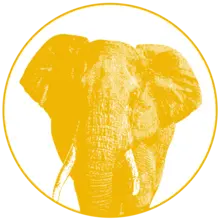
As a nonprofit journalism organization, we depend on your support to fund journalism covering underreported issues around the world. Donate any amount today to become a Pulitzer Center Champion and receive exclusive benefits!
"The elephant was still in the area. It seemed skittish, aggressive, like it had just been in a fight."
Piyawan Daonan, whose husband was trampled to death by an elephant
She went out to have a look and found harvesting equipment lying around. The ground was pockmarked with the footprints of a large animal and the grass was trampled down. She found one of her husband’s boots, then the other, and then his clothes. Piyawan went to get a neighbor, and together, they found the lifeless body of her husband, Siripong Daonan, in his early 40s, lying face down.
Between 2017 and 2022, more than 135 people in Thailand were trampled to death by elephants, and 15 have already been killed this year. The animals frequently destroy harvests and have been known to plunge farmers into financial difficulties. Some have had to abandon their lifework and move away.
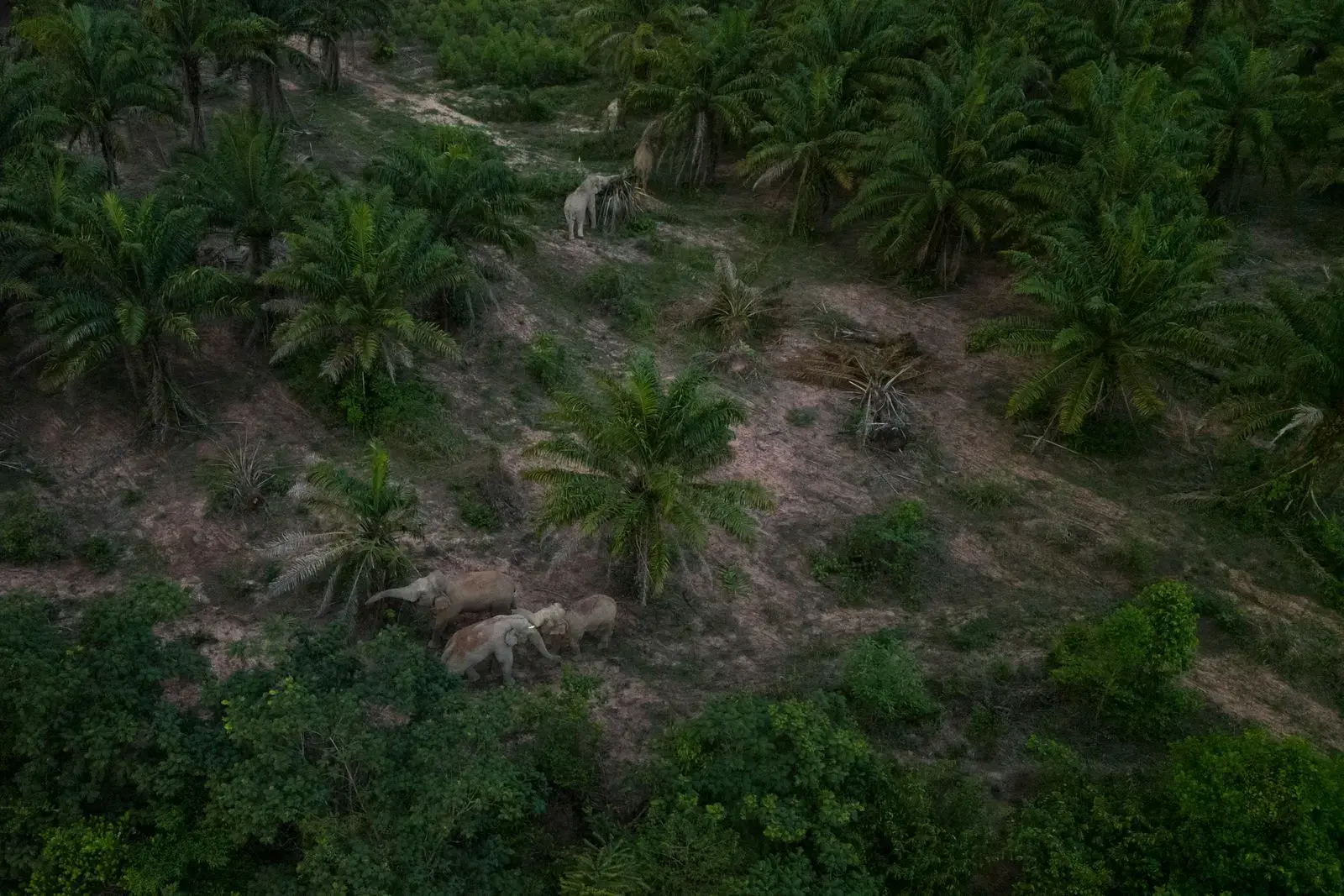
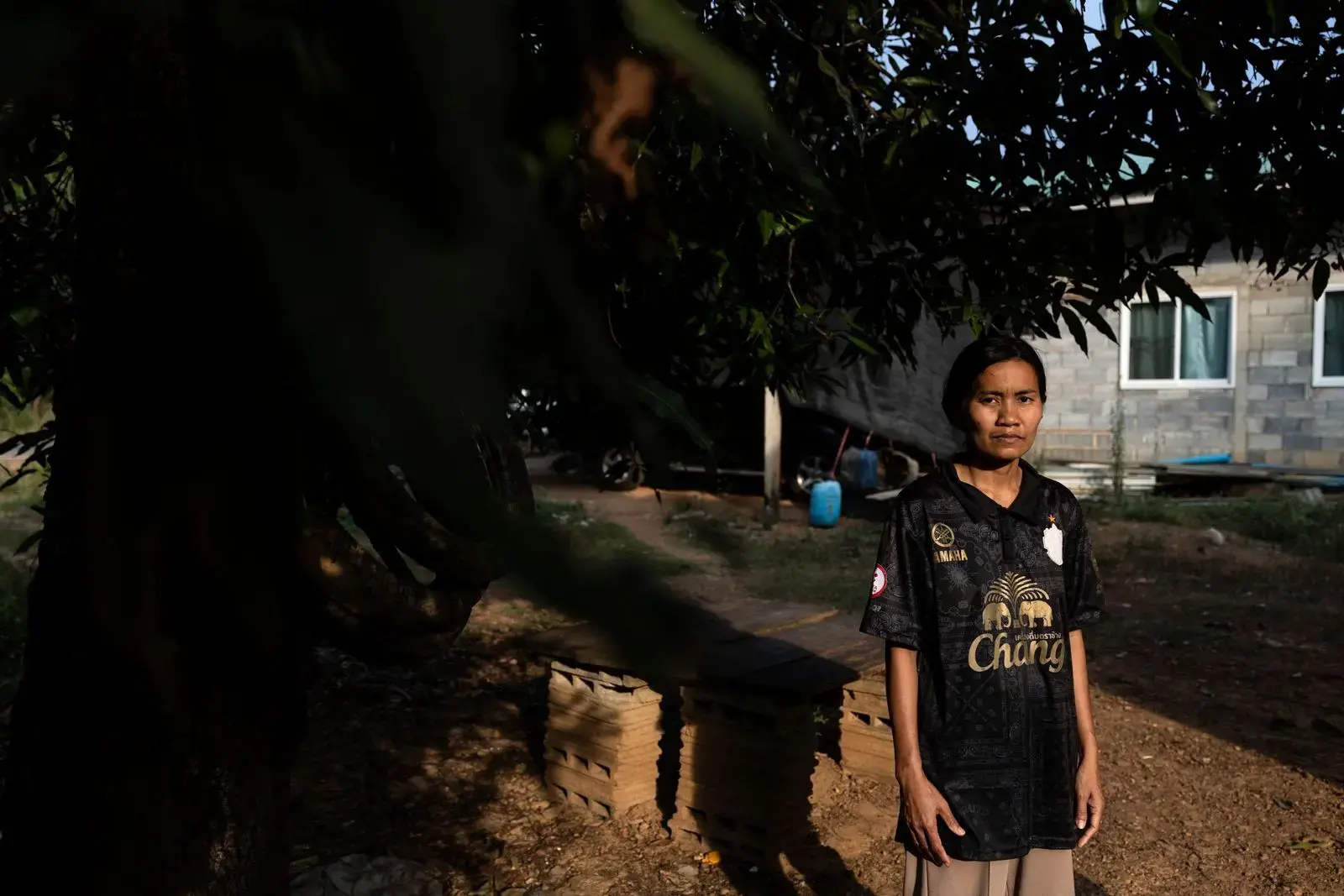
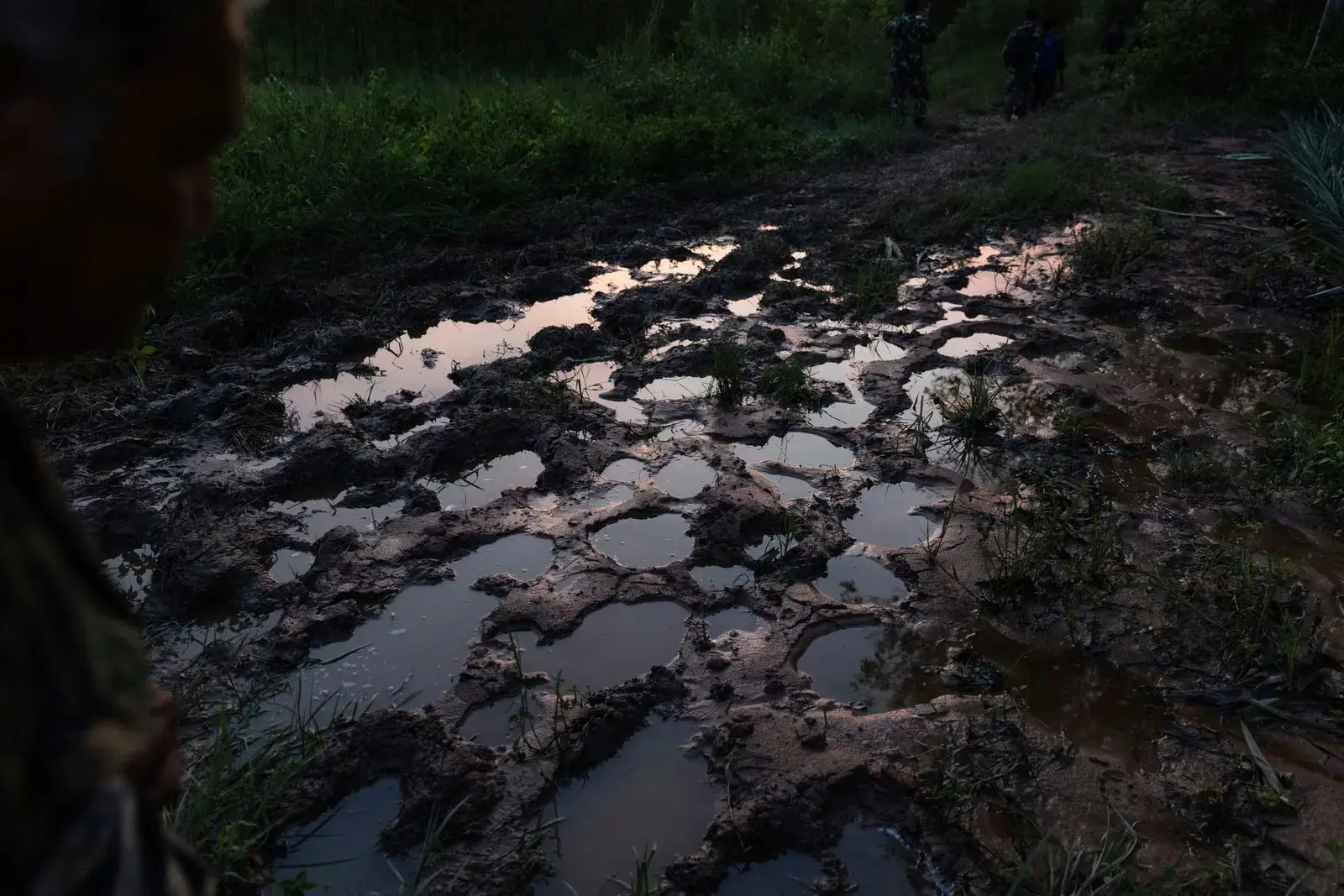
Piyawan says that the elephant was still within sight of where her husband was lying that night, and that it "seemed skittish, aggressive, like it had just been in a fight." More and more villagers showed up, she says, driving the elephant back toward the forest. She stayed with her husband to protect him – at least for the time being.
Piyawan is wearing a football jersey that hangs almost to her knees. It has two elephants on the front, the logo of the well-known Thai beer brand Chang, meaning elephant. In Thailand, elephants represent strength, loyalty, dignity and wisdom. Successful companies use elephants as their symbol. There is a photo of the Thai King Bhumibol that hangs above the stoves in many of the country’s food stalls showing a decorated elephant extending its trunk toward the monarch. Until 1916, back when Thailand was still called Siam, the national flag was emblazoned with a white elephant.
The elephant, in short, is Thailand’s national animal.
The elephant is also the animal that – in the region where Piyawan lives, near the Khao Ang Rue Nai Wildlife Preserve – has been causing death and destruction in recent years.
2023: "Woman trampled to death by an elephant."
2021: "Mango farmer attacked and killed by an elephant during harvest."
2016: "Wild elephant kills villager, herd raids fields."
2014: "Six killed in an automobile accident involving wild elephants."
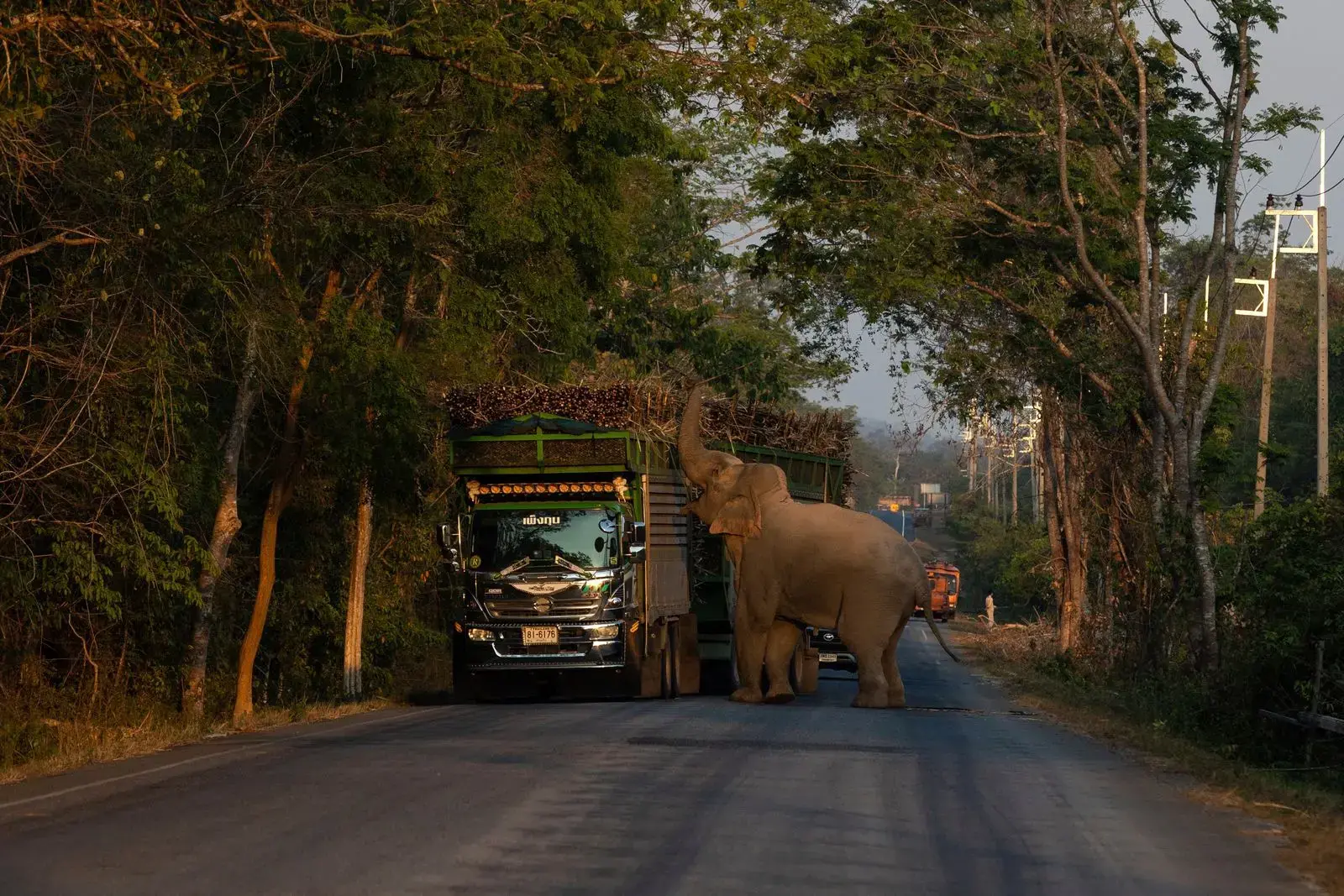
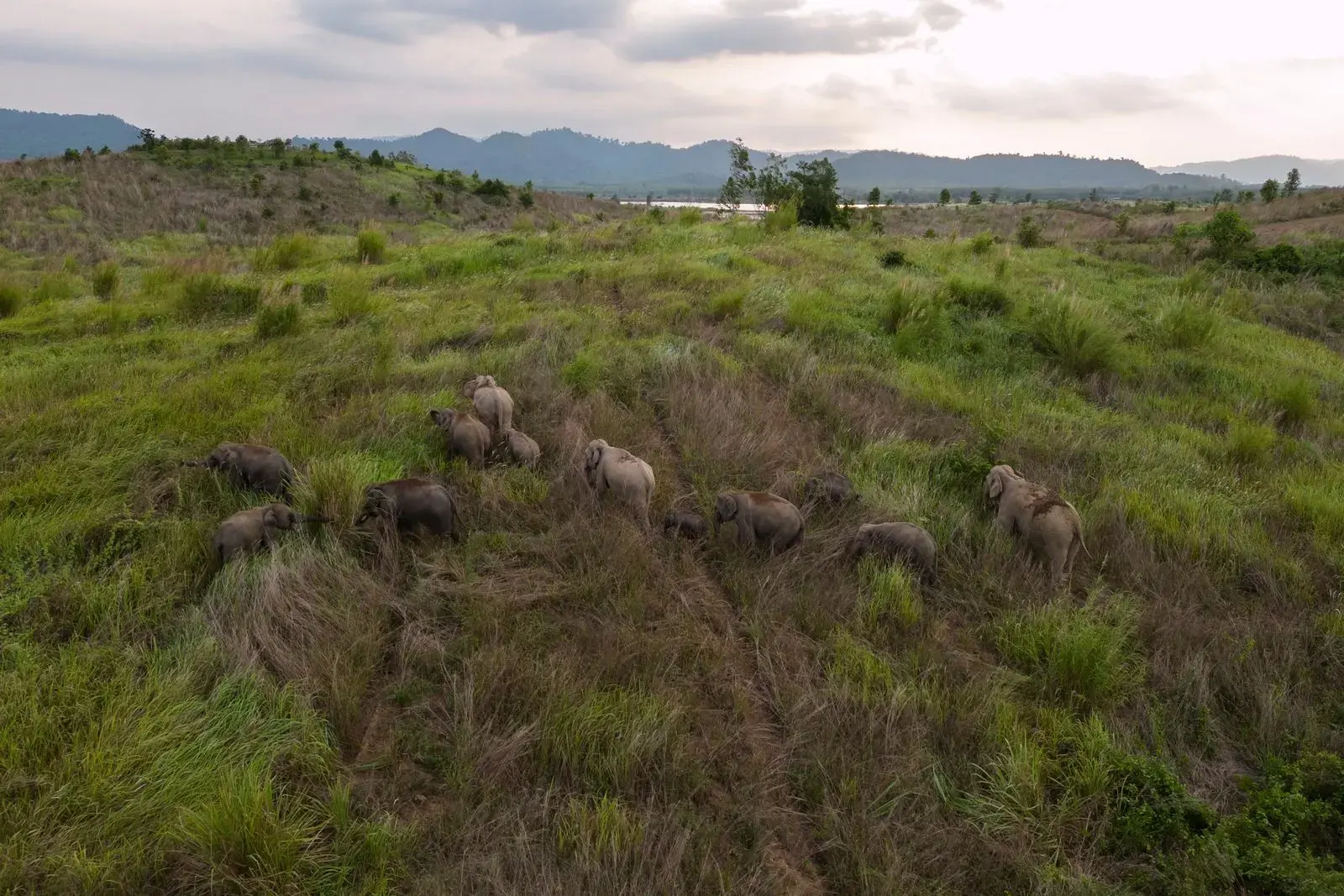
Piyawan Daonan grew up in the area. When she was a child, she says, elephants never came close to humans, and only began doing so eight or nine years ago. Like so many others, she struggles to understand why.
They must be extremely close, Navee Cheachean tells the group, pointing to large footprints in the dried mud. It is an evening in late March and a group of men and women wearing headlamps are marching across a farm track. Cheachean is president of the Chonburi Elephant Volunteers, one of dozens of such volunteer groups surrounding the Khao Ang Rue Nai preserve that is focused on keeping the elephants away. The group is made up of 20-something men and women dressed in camouflage who head out to the plantations in pickup trucks after fortifying themselves with curry and tick repellent. In a region where there isn’t much to do once the sun goes down – and the sun goes down early – aside from drink beer and listen to music, driving elephants out of surrounding farmland offers a welcome night-time diversion.
On this particular evening, a farmer has called for help, saying that elephants had wandered into her orchard and were making a feast out of the ripe durians.
"Nobody helps us. Policymakers look the other way," says Cheachean. "We are the only ones who help the people here."
"To do this job," adds another member of the group, "you need heart and you need to be free of fear."
You can hear wild elephants – their deep, breathy wheezing – well before they step out of the undergrowth where they can be seen. Or you might hear their steps as they crush branches and roots underfoot, pausing all the while to listen closely for signs of danger.
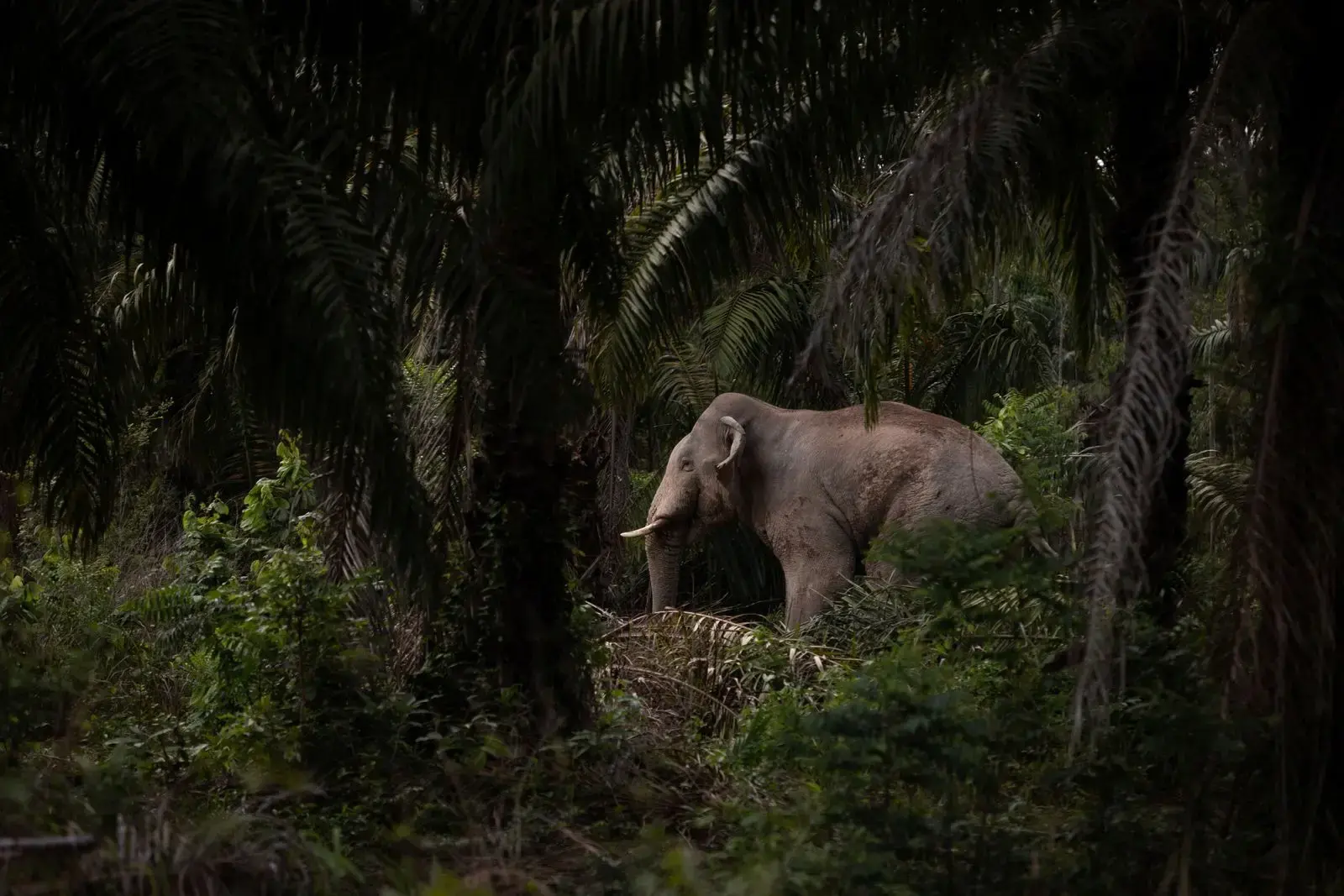
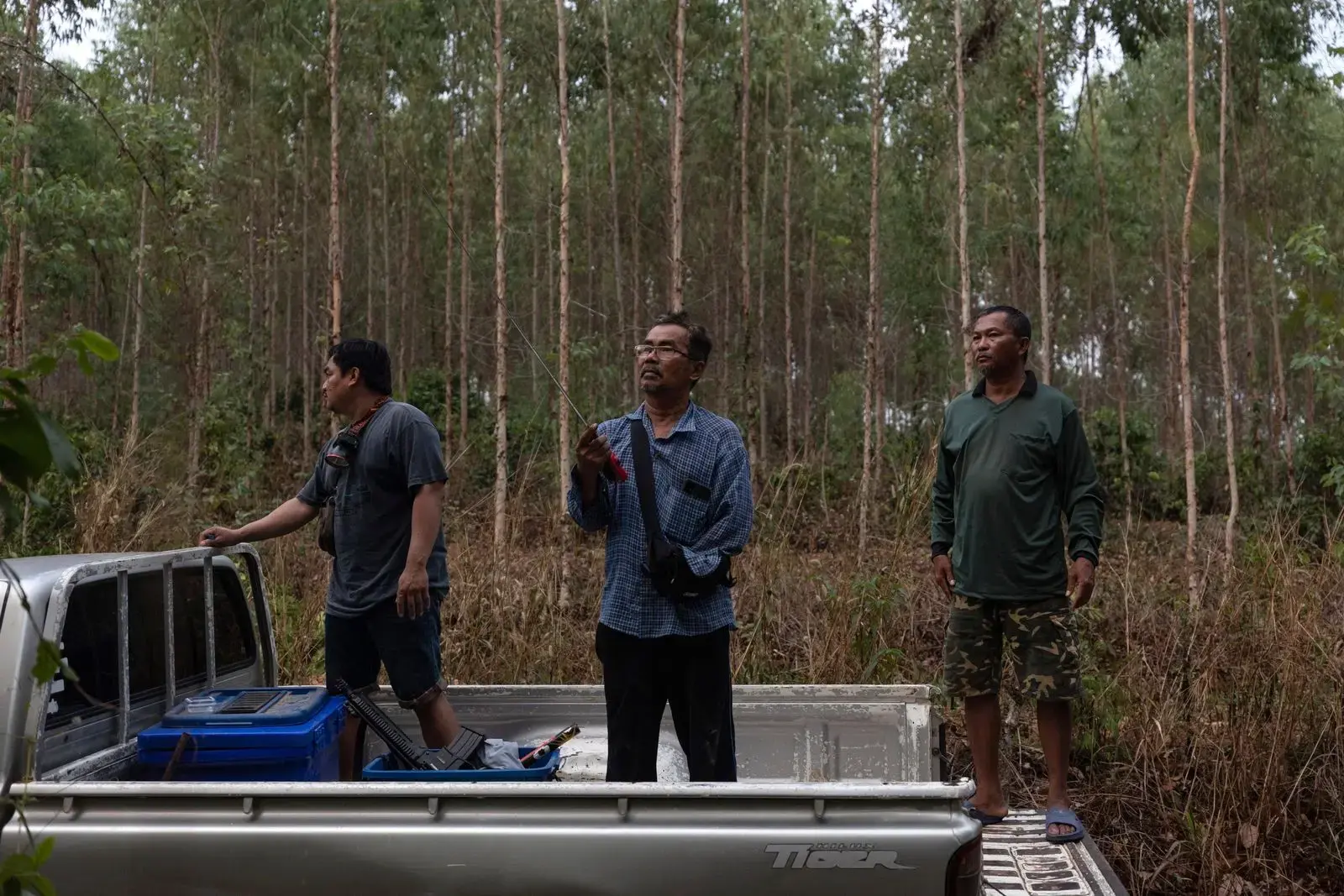
There is a bang, and the volunteers startle. The rest of the crew is a few hundred meters away detonating small, explosive balls that they call "pingpongs." They are supposed to scare away the elephants without injuring them. The men and women surround the spot where they believe the animals to be on two sides, forming a V shape. They continue advancing up the hill, pushing the elephants out of the land that humans have laid claim to. Sometimes, the group works until dawn, drawing a line between the wilderness and civilization.
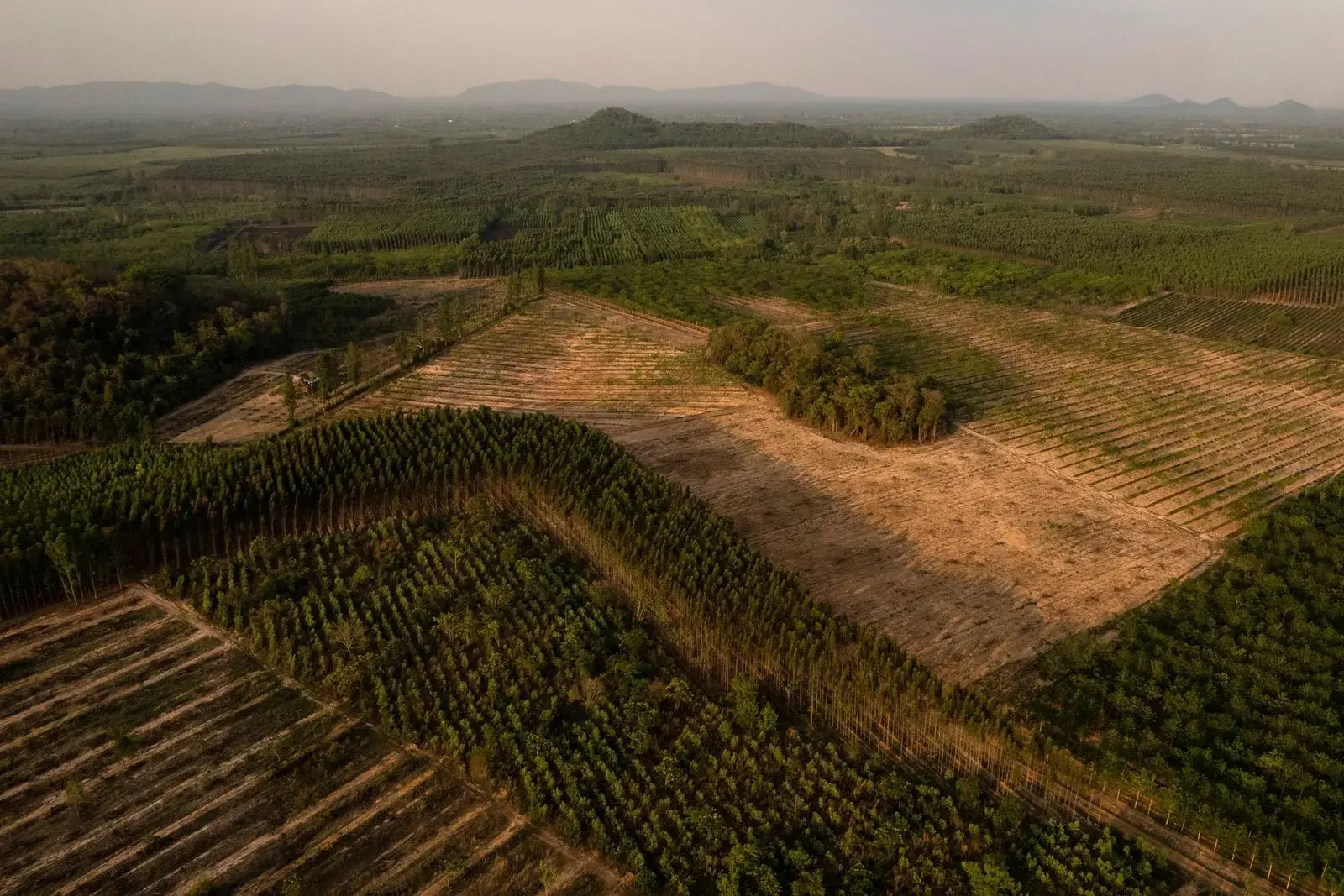
Cheachean, the group leader, says that the first rule of safety is: Don’t get closer than 10 meters (around 30 feet) to an elephant. Otherwise, you’re dead.
The struggle for territory between humans and elephants in Thailand is one that began several decades ago. Had you flown a drone over eastern Thailand in 1960, all you would have seen from the air is a deep, dark forest and half of the country was covered in jungle. If you fly over the provinces today – across the area where the widow Piyawan Daonan lives, for example – you’ll see small settlements dotting the landscape, in between the right-angle delineations of vast plantations and farms growing rubber trees, oil palms, rice, sugarcane, eucalyptus and durian trees.
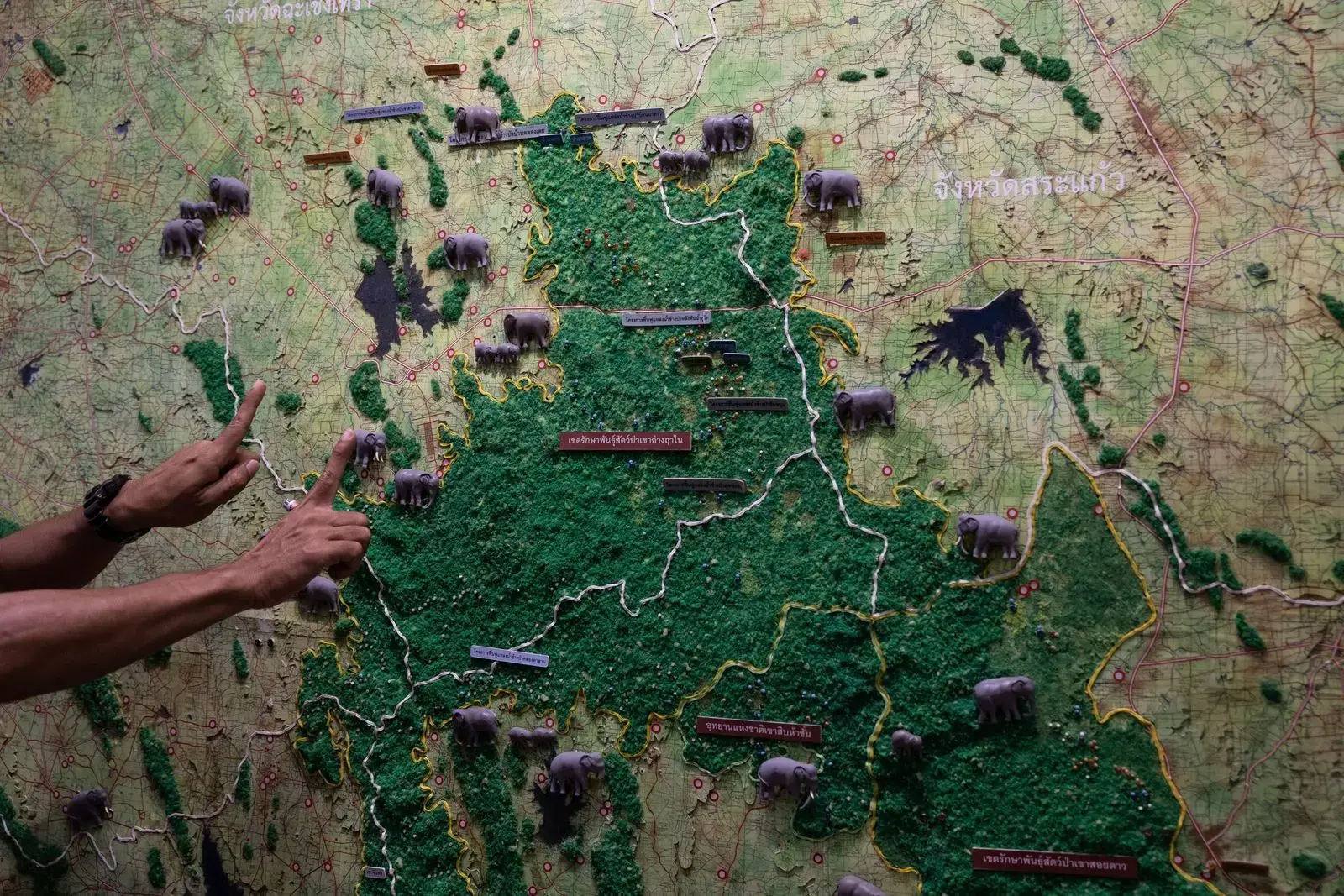
In the last 70 years, the population of Thailand has increased by a factor of three, while forestland has shrunk by more than half, driven by government initiatives. Bangkok pursued the goal of populating the country’s eastern regions and using the area as farmland to grow products for export and to feed an expanding population. Many people from other parts of the country moved into the region, where they clear-cut the forest, bought the newly arable land for cheap and planted crops. The vast forests were slowly reduced to isolated islands of green, surrounded by farming.
"To do this job, you need heart and you need to be free of fear."
A volunteer who helps drive elephants out of villages at night.
In the early 20th century, more than 100,000 elephants still lived in Thailand. By the early 2000s, there were just 3,000 in the entire country. Thailand robbed the elephant of its habitat and almost managed to drive its national animal into extinction.
Policymakers reacted, quickly protecting the jungle that remained in national parks and wildlife preserves. The Wildlife Conservation and Protection Act B.E. 2562 banned elephant hunting and designated them as endangered. Finally, the elephants were no longer under pressure in the forests.
But nobody bothered to keep track of how many young the elephants were producing, and the protection laws proved so effective that the herds slowly grew too large for the reservations – and hunger began driving the animals out of the forest. Out in the open, they found fields full of pineapple, sugarcane, manioc, mangosteen, passion fruit and fields freshly planted with tender rice plants. They could fill their bellies to their heart’s content – and slake their thirst at the conveniently placed irrigation pools. Rubber tree plantations offered them just as much protection as the jungle.
In the early 2000s, villagers began finding the first elephants foraging in their fields.
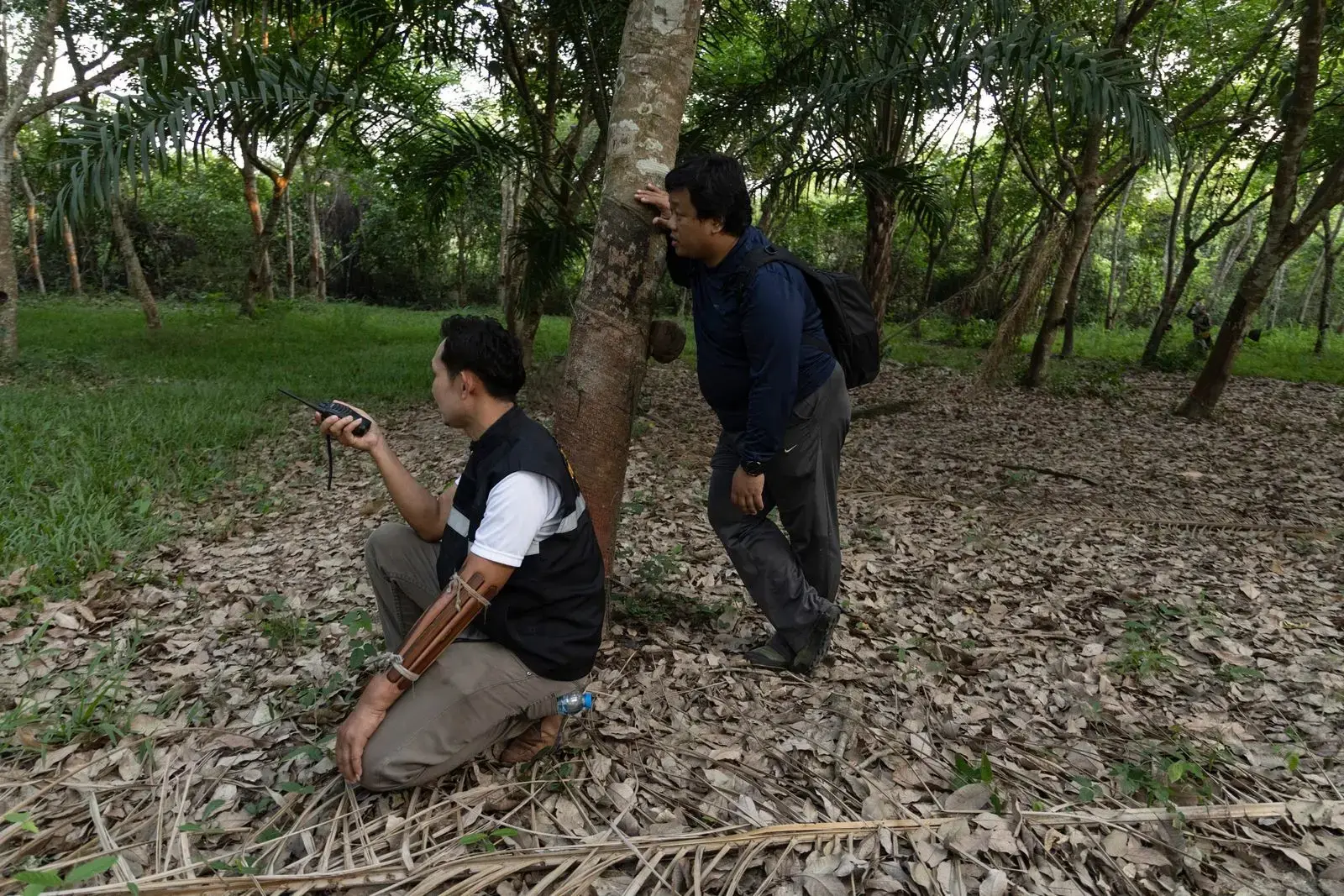
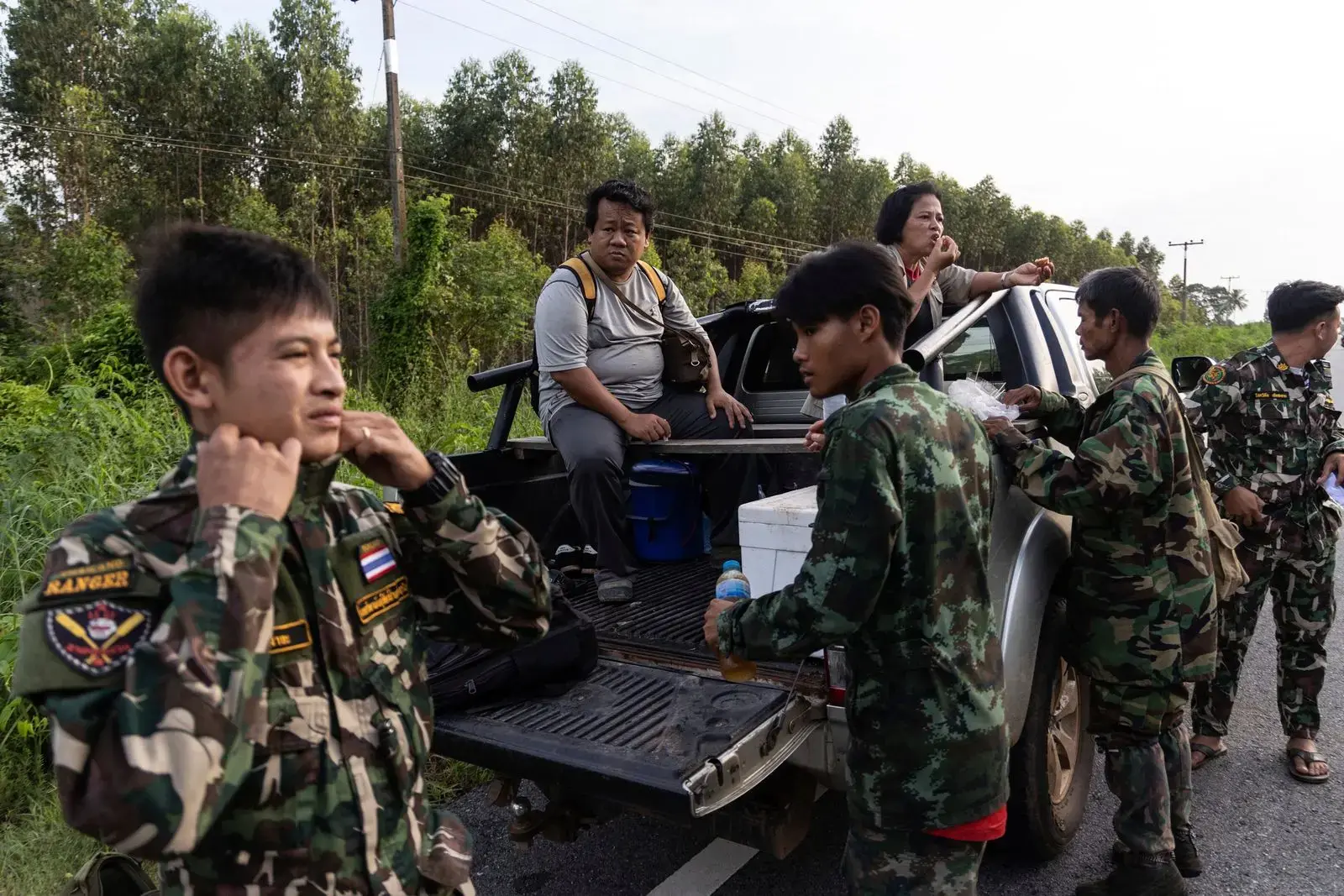
In order to find a solution to a problem, it is first necessary to figure out just how big it is. Prior to becoming a leader of the Chonburi Elephant Volunteers, Cheachean used to farm jackfruit in the region for export to China. Later, he turned to eucalyptus. The elephants, he says, began showing up every day. He moved several times to different places and farming different products, but the animals kept showing up and destroying his harvests. Together with a local ranger, Cheachean found all kinds of literature on how to protect the elephants, but nothing about protecting oneself from the elephants. So, he began studying the animals to learn where they go and when.
And he started counting: How many wild elephants were there in the region?
Cheachean says it is highly likely that more wild elephants live inside the Khao Ang Rue Nai preserve and in areas bordering the park than officially known. The population has recovered nicely, but lawmakers aren’t eager to report it, with the official number still at 300. And this part of Thailand has largely been left to fend for itself with a problem similar to that seen in parts of Europe with resurgent bear and wolf populations.
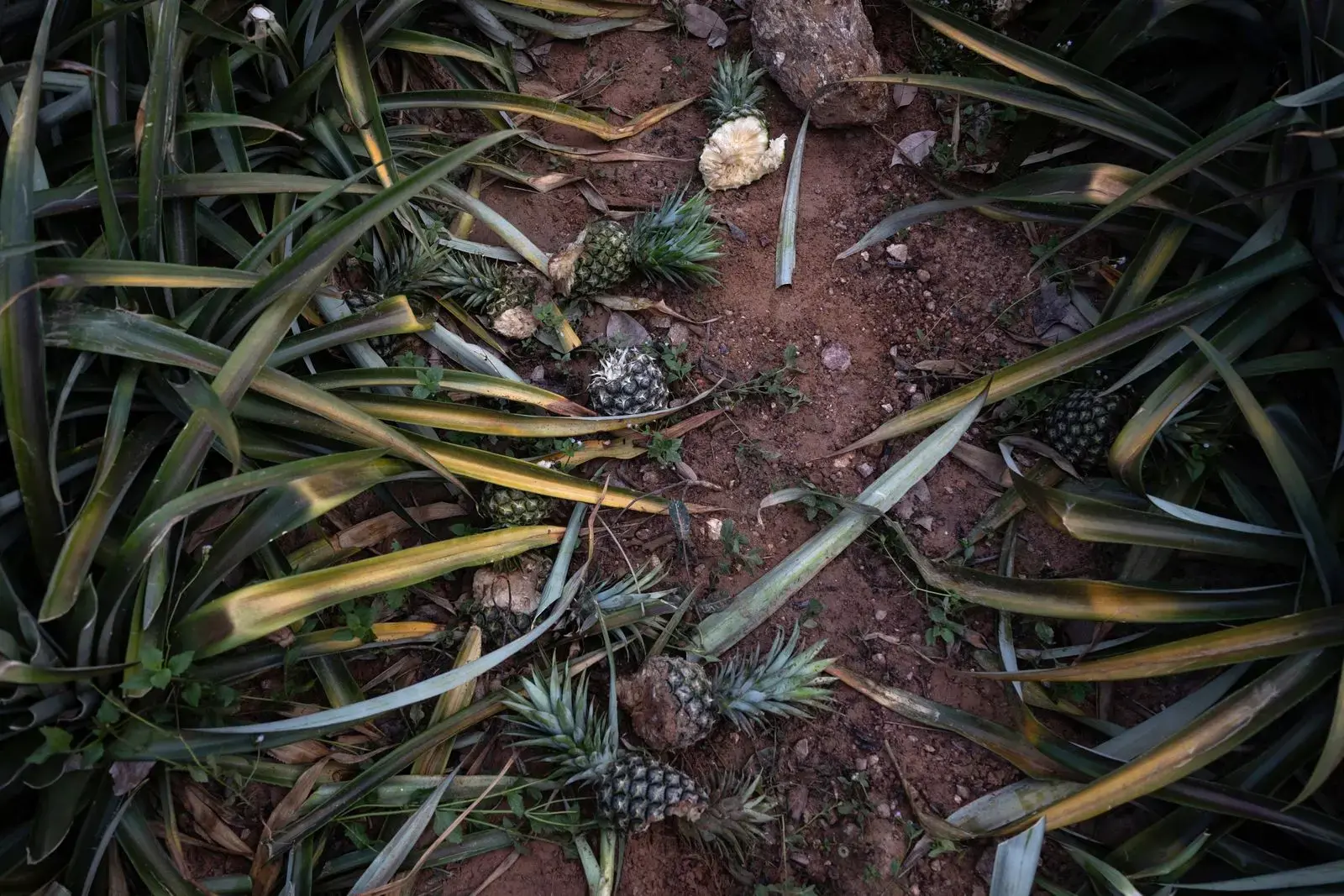
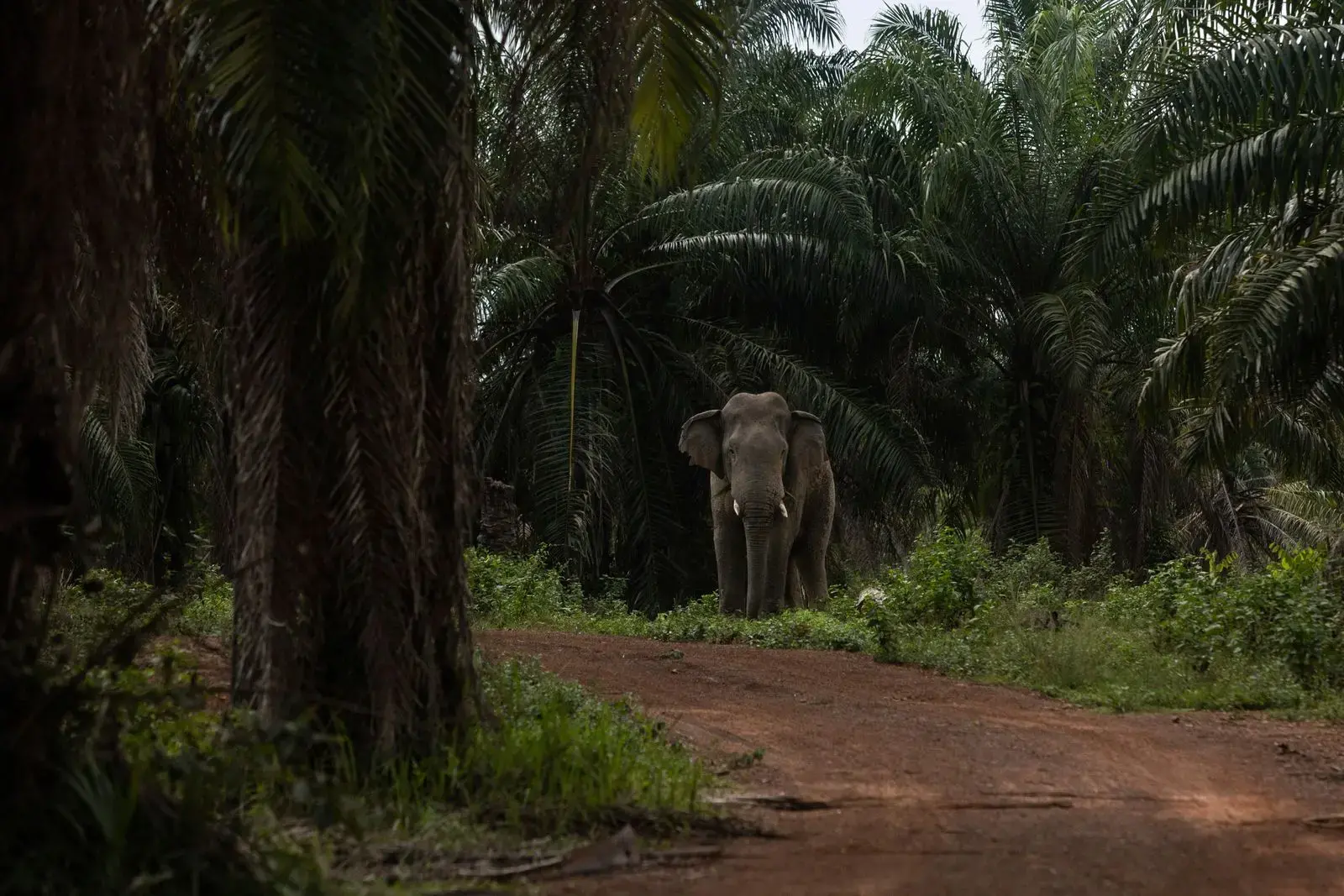
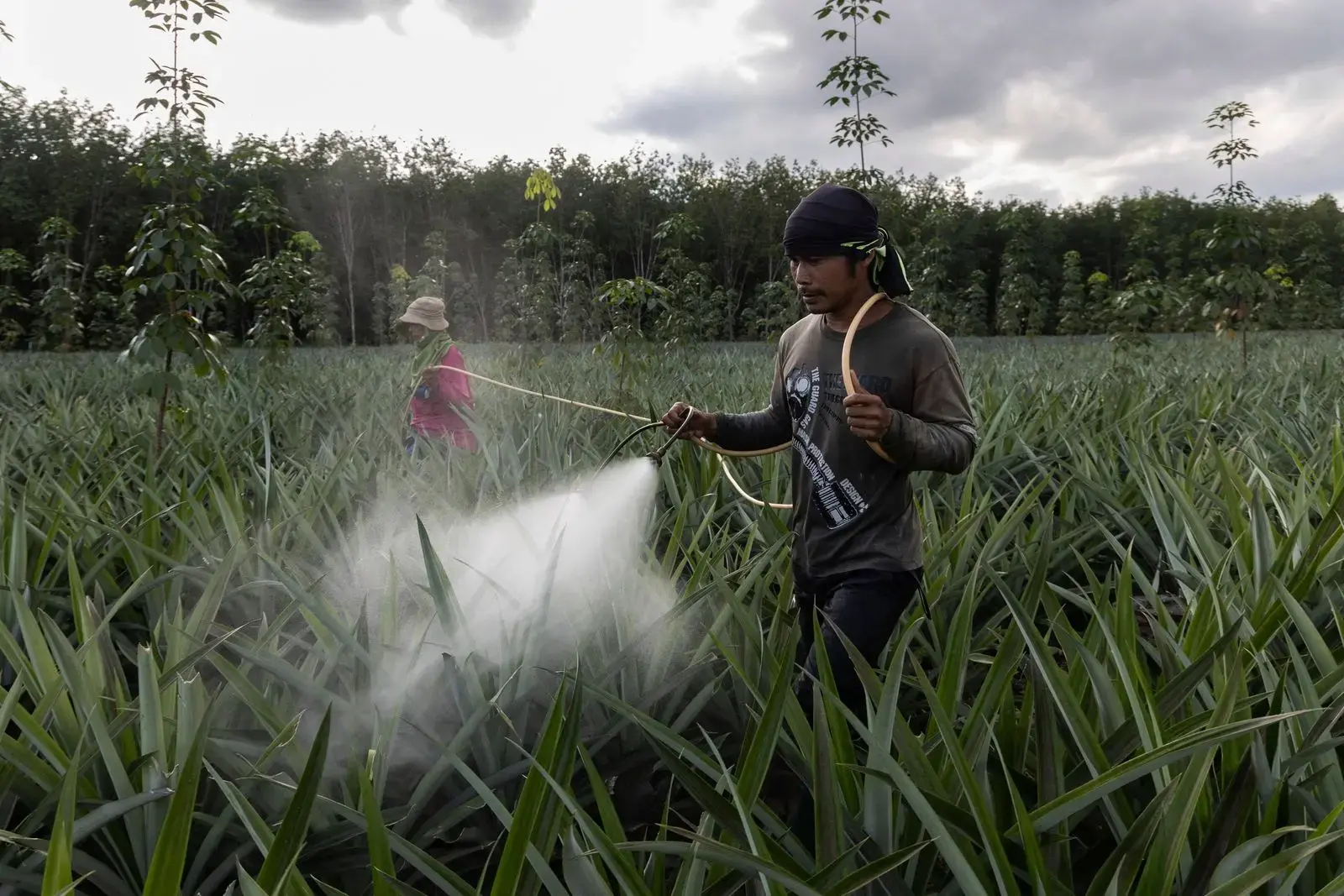
When considering the number of elephants, Cheachean says, it is necessary to look at how much habitat the animals have. And he then begins reciting what he has learned:
Elephants in the wild must walk around 10 kilometers (around six miles) to find enough food to fill their bellies. And the amount of elephant habitat in the Khao Ang Rue Nai preserve is around 1,000 square kilometers (around 300 square miles). It’s a rather simple calculation, Cheachean says, to figure out that it would ultimately become too small.
Villagers report seeing baby elephants with increasing frequency. Because of the easily accessible food supplies, the herds are growing faster than they do in the wild – around 8 percent per year instead of 1 percent, rangers and forestry workers estimate. The elephants, it would appear, have developed a preference for human habitat.
There is one elephant named Mango that wanders through the village at night and breaks into people’s kitchens. The guard at a construction site, who is frequently visited at night by Ten Wheels, the largest elephant in the area, says that almost all the elephants bear marks from the explosives used by people to drive them off. And they never forget, he adds.
The government has erected hundreds of kilometers of chain-link fencing and concrete barricades around the preserve, several meters high. But the elephants just shove it aside like they were yoga mats.
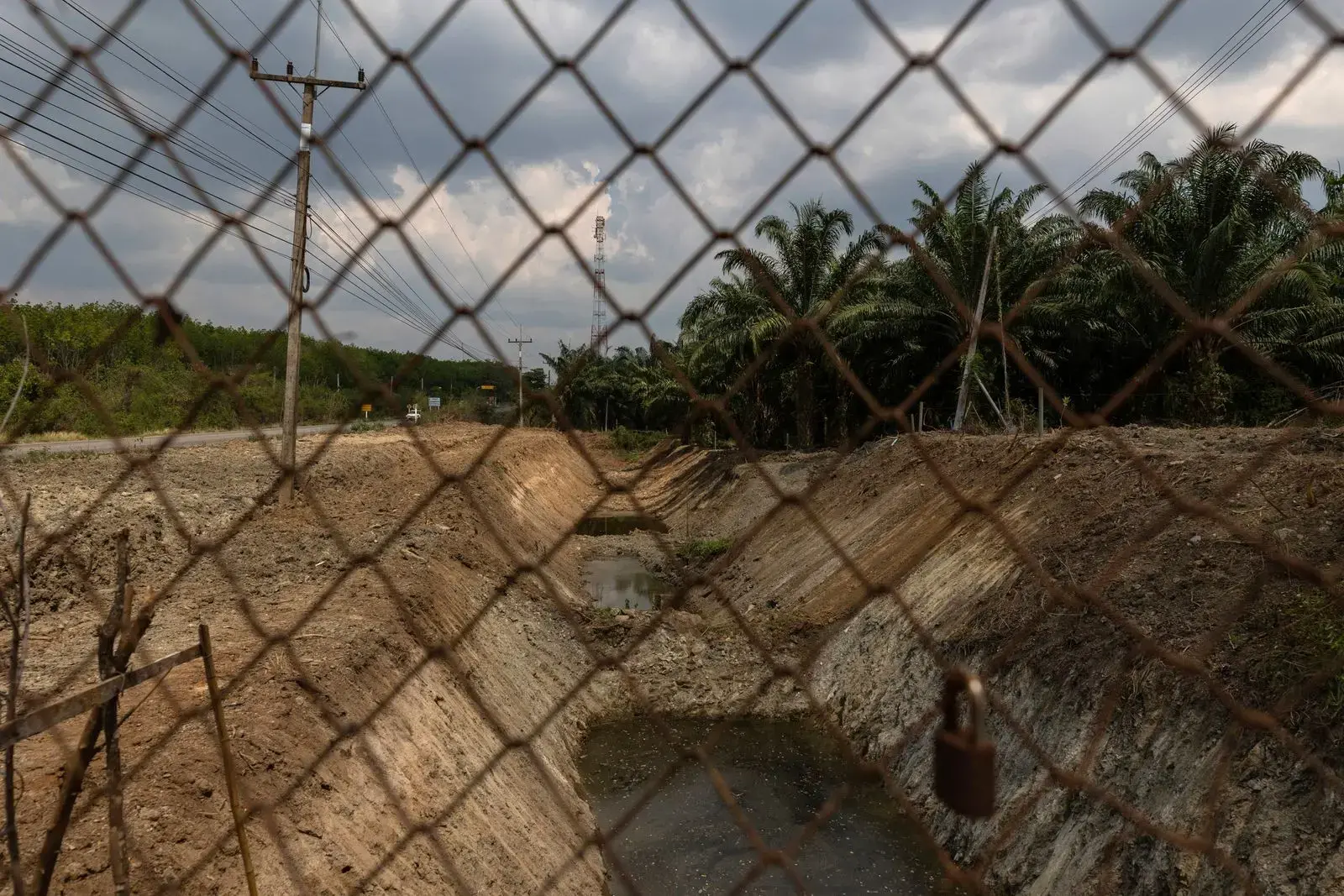
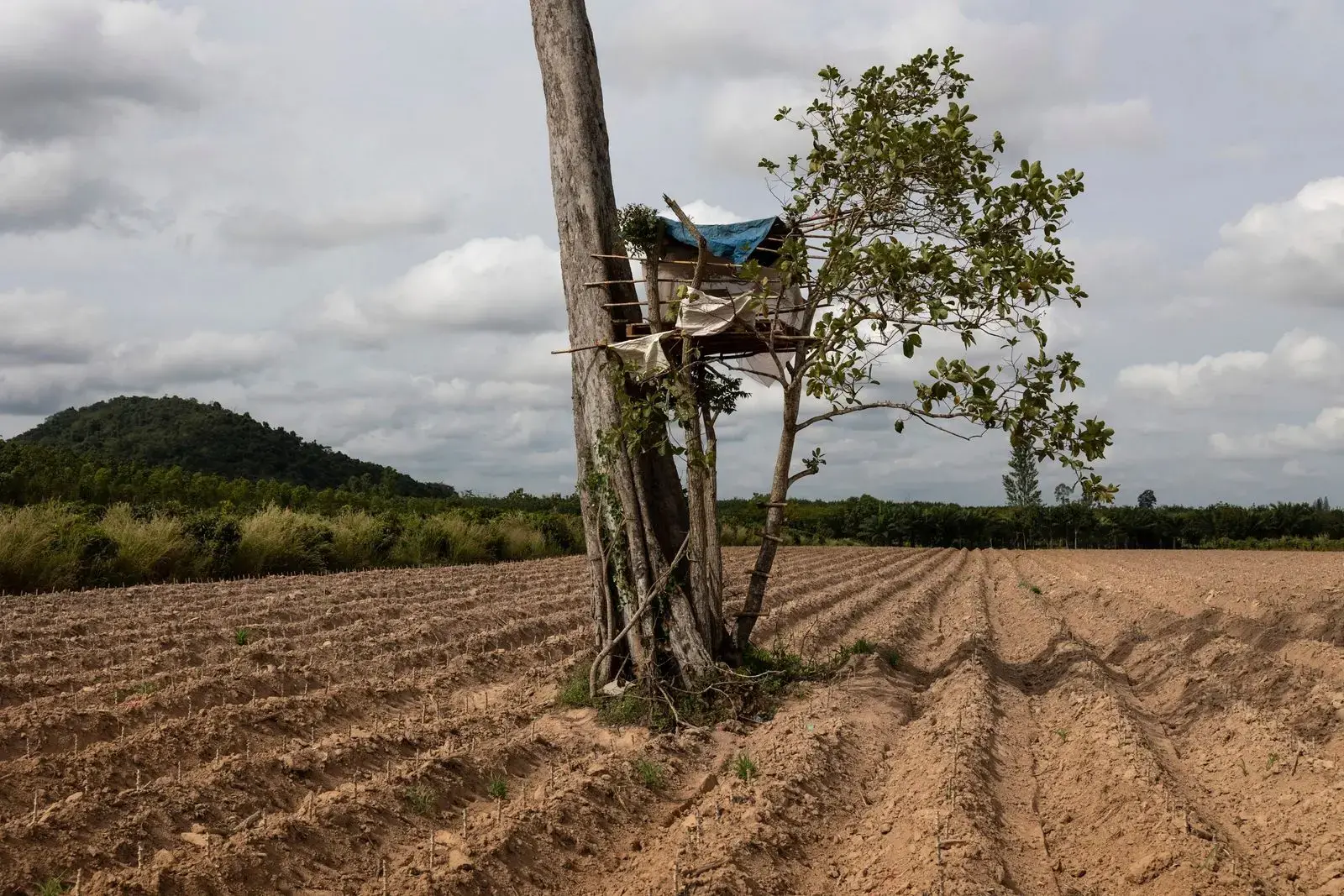
Wildlife agencies have set up offices in the region where they examine footage from surveillance cameras that show when and where the elephants are on the move and in what direction they are headed. But the animals are faster than the systems that have been put in place.
Local politicians, says Cheachean, have begun listening to the complaints of locals, but Bangkok, he insists, has thus far tuned them out. The volunteers, he says, pay for everything themselves, including the gas they use and the supplies they need to make pingpongs. And most of them, he says, have no health insurance in case they get injured.
People still think that elephants belong in the forest, he says, but that is no longer true. A war only ends, Cheachean says, when one side is much stronger than the other – or if a compromise can be reached. It appears that elephants can live just fine with people, but can people live with elephants?
Policymakers seem to have come up with an answer: Plans are afoot to establish a new economics zone in the region, called the Eastern Economic Corridor . The plan calls for attracting new companies and luring industry to the region. That would mean more concrete rather than conservation. The competition for habitat would likely become even more intense.
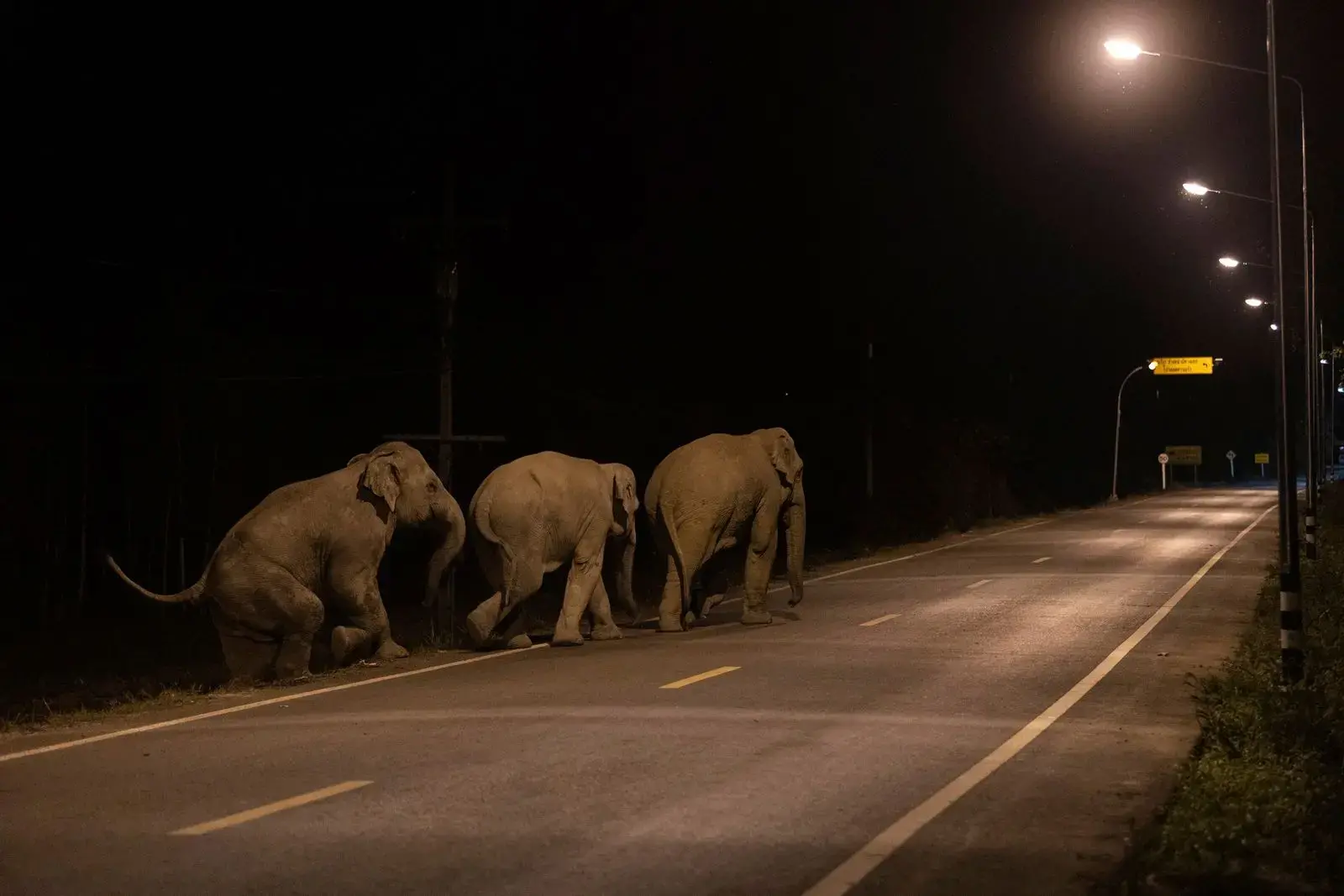
A number of proposals have been made to address the booming elephant population, including rangers and scientists who believe that birth control could be deployed to prevent herds from growing even bigger. The idea involves firing hormones at female elephants from the air, a rather expensive and involved undertaking.
Another idea under consideration involves the establishment of corridors for the animals between the nature preserves and areas designated for resettlement. Critics, though, point out that doing so would merely amount to moving the problem elsewhere.
In Botswana, where elephants have also multiplied in recent years, hunting elephants has once again been legalized. But in Thailand, where the elephant is the national symbol, that kind a plan seems unlikely to gain traction.
The Asian elephant, up to three meters (almost 10 feet) tall and weighing up to five tons, is the largest land animal on the continent and has been living in Thailand for millions of years, long before the first ancestors of the Thai people arrived in the region.
Humans, says Cheachean, fly into outer space and search for new planets that might be habitable for a time when Earth no longer is. Elephants, he says, aren’t so different. They are looking for new places to live because the habitat humans have left to them has become far too small.







